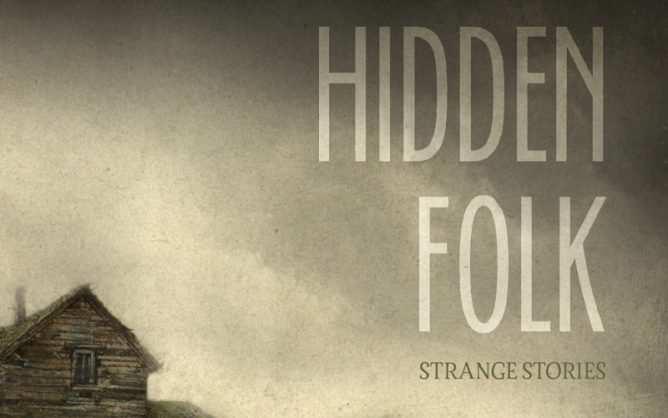Read This: Hidden Folk

C.M. Muller’s debut collection, Hidden Folk: Strange Stories, is an enjoyably weird read. The volume contains twelve small, finely-tuned stories of lives slipping quietly out of control, even when the characters are sure they still have agency. The inhabitants of these stories range from preteen children to desperate mothers, from recent immigrants to young women to lonely old men. The overall mood is dark and subdued as the characters struggle with loneliness, loss, and their own irrelevance. And that mood lingers long after the book is closed.
***
Muller’s writing style in Hidden Folk is deliberate, dreamlike, and formal. He creates a distance between the characters and the reader that enhances the sense of disconnect and unbalance inherent in the tales. Because of this quality, many of the stories remind me fondly of Rod Serling’s measured prose and of Steve Rasnic Tem’s disorienting shifts in circumstances.
Besides the overall voice and tone, Hidden Folk also contains some lovely, evocative imagery. “For the past week, the ride home had begun in semidarkness and ended in pitch” and “A dwelling situated at the worst possible angle to the sun” can both stand as examples of the rich and compact descriptions scattered throughout the stories.
***
My personal favorites in the collection are these three:
“Absconsa Laterna”, in which a father inexplicably loses his son at–or to– a mysterious outdoor art installation.
“Resurfacing”, where an unusual construction project in a stagnant neighborhood opens up strange new options to our reclusive narrator.
And “Omzetten”, an epistolary tale of three young women on a European tour who make the ill-advised decision to visit a quaint, isolated old town just a short train ride away.
***
Hidden Folk is a fine reminder that the weird can be internal as easily as it is cosmic, and that fear can be as simple as familiar circumstances. I recommend it.